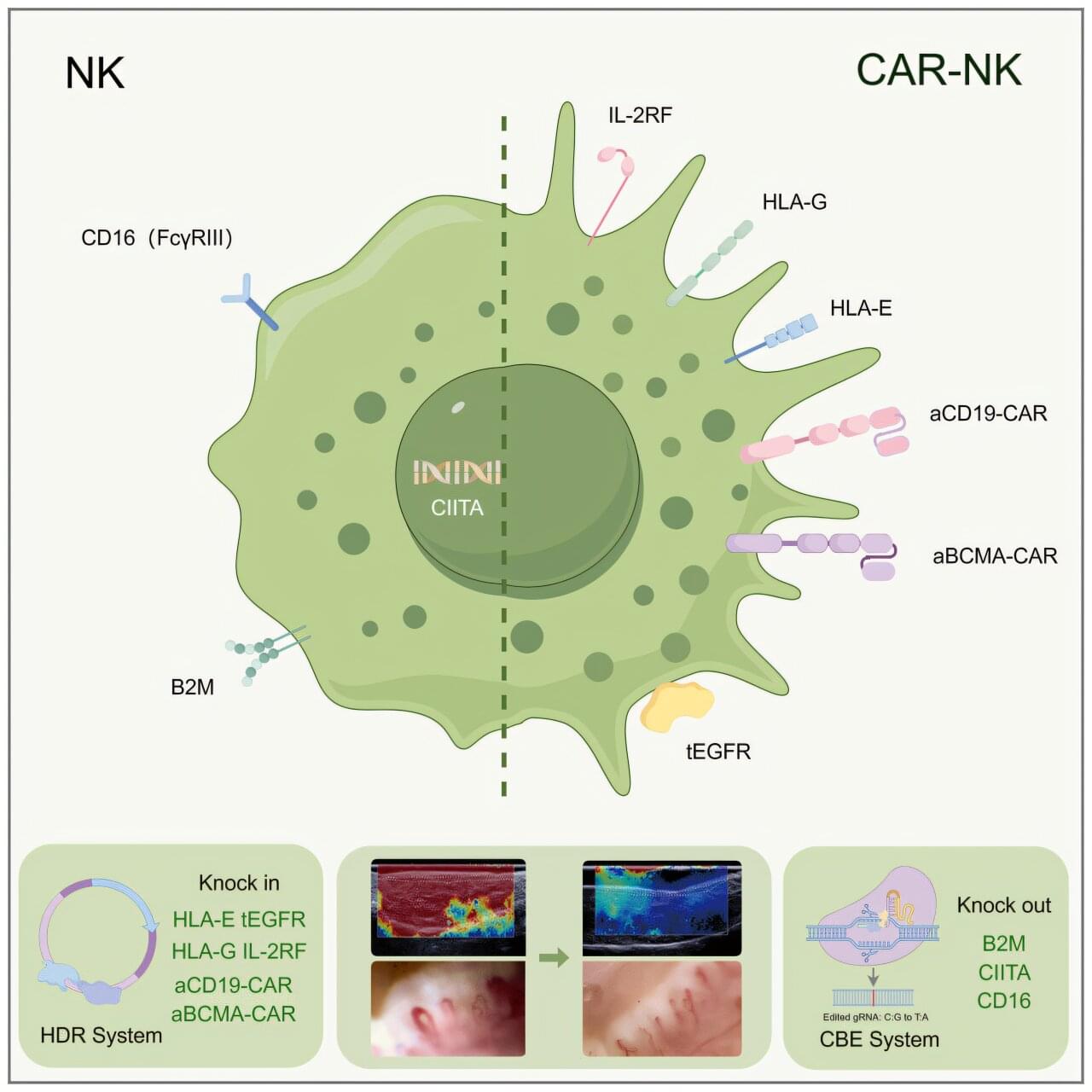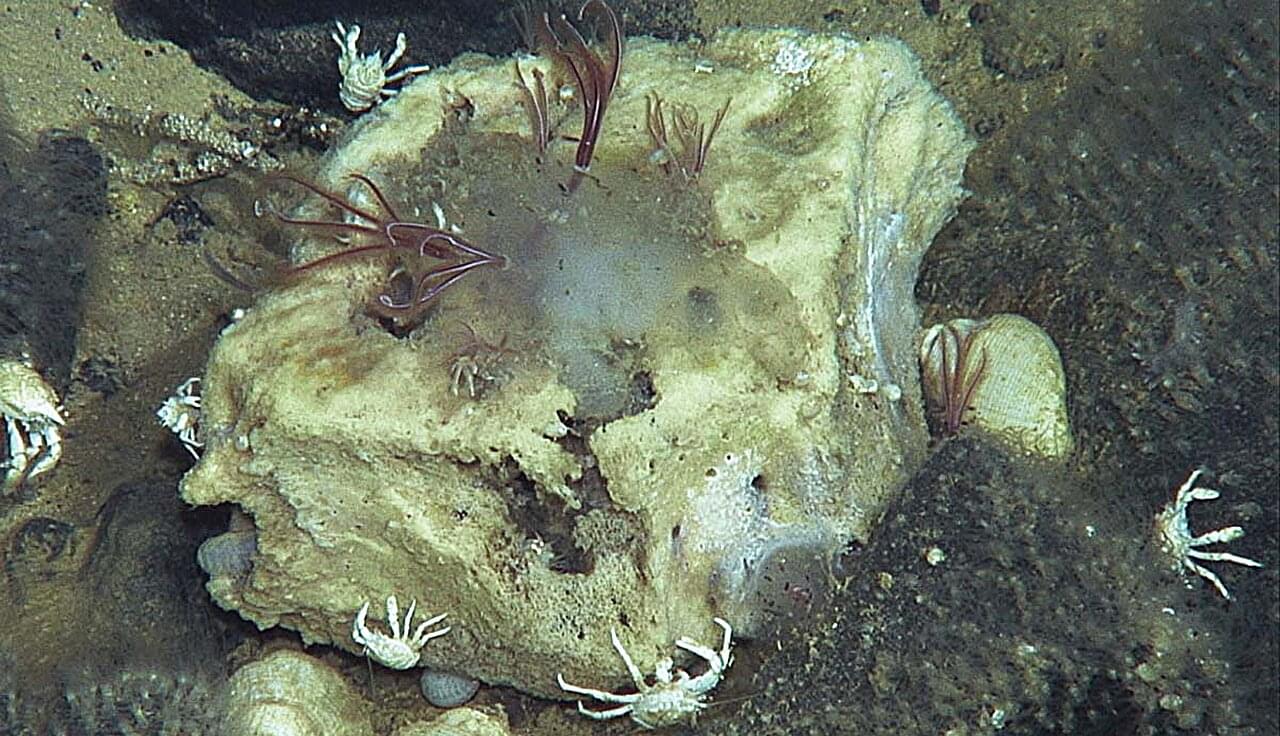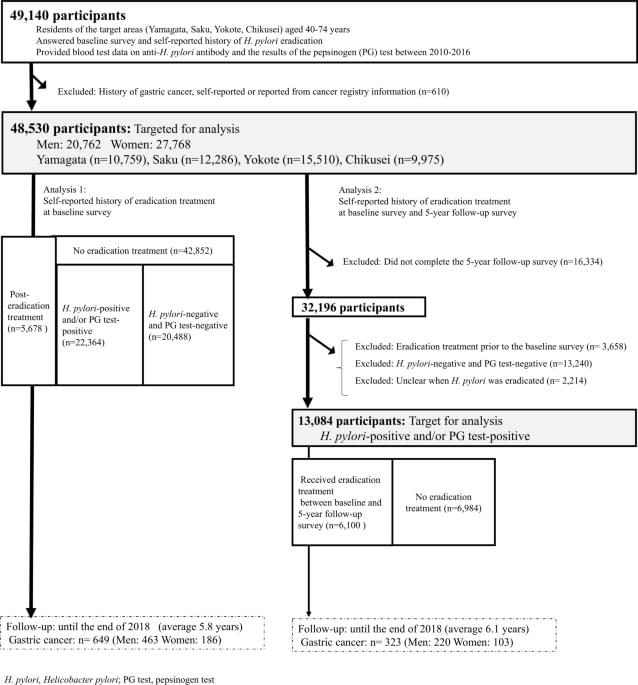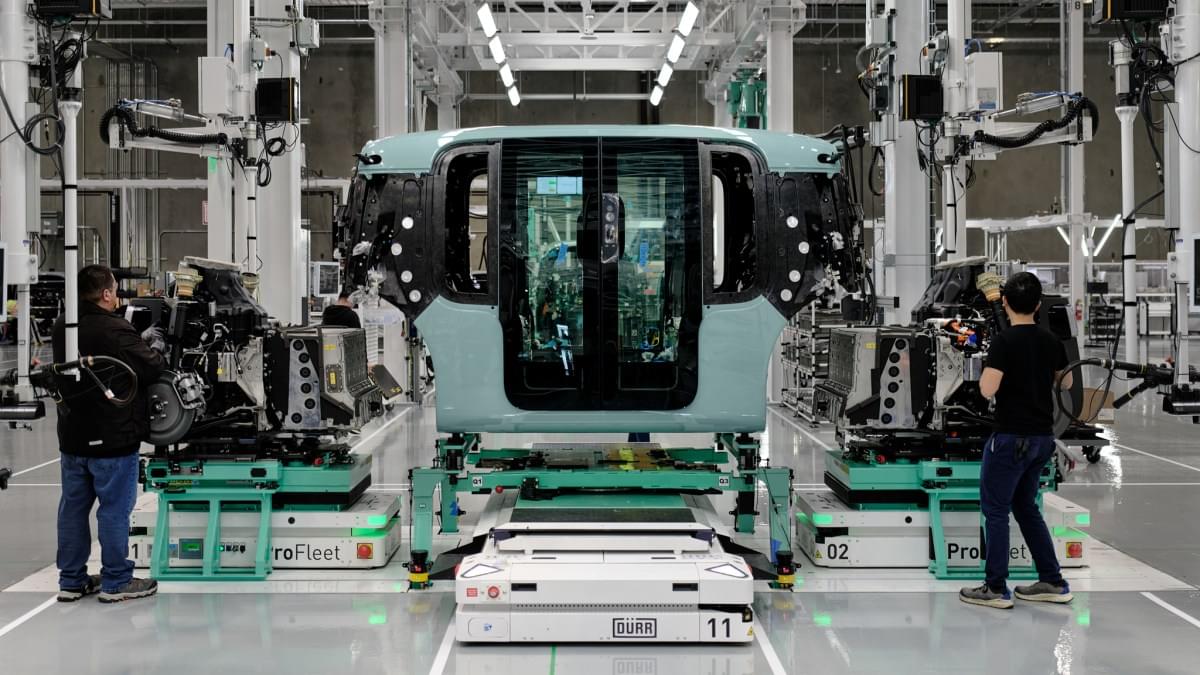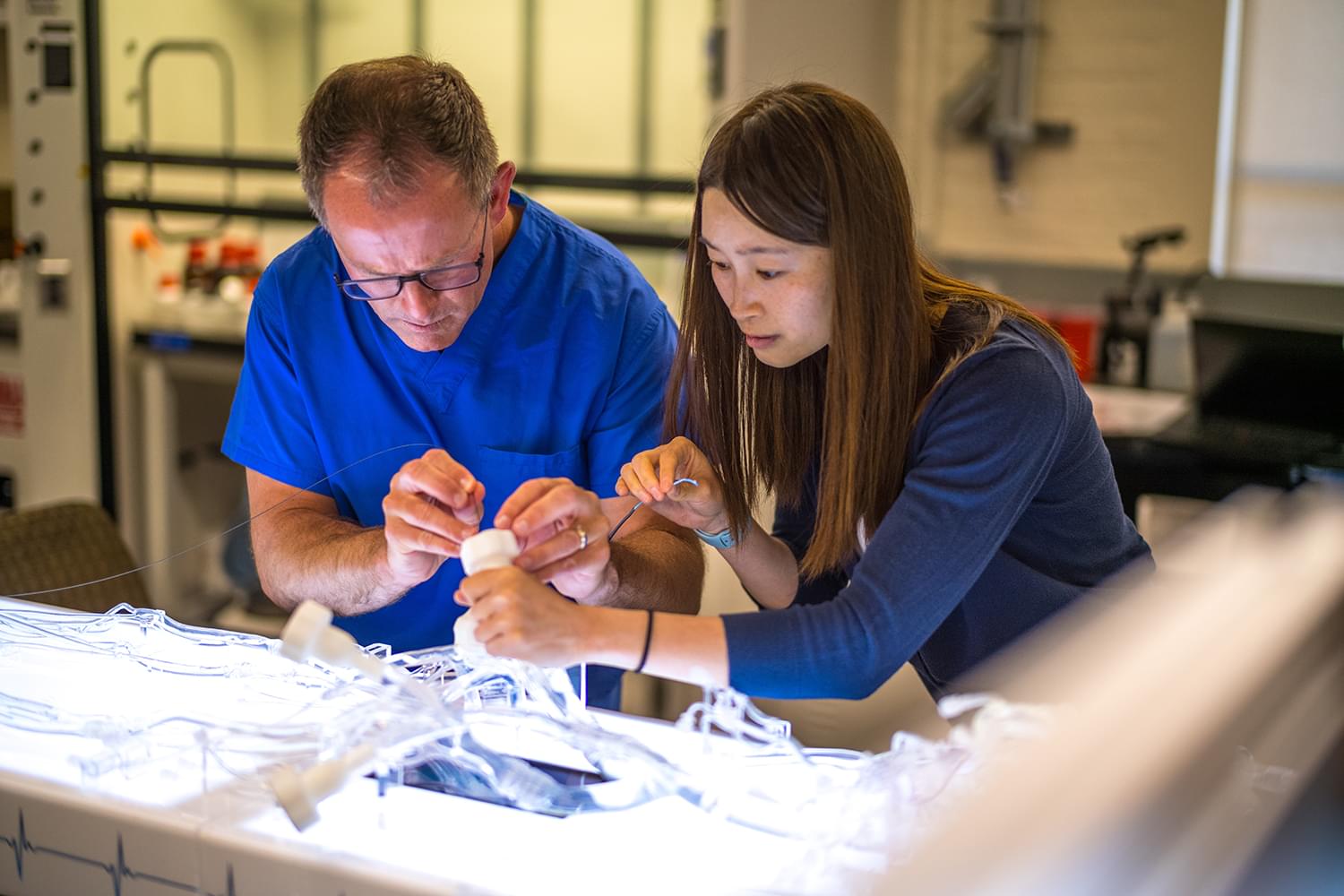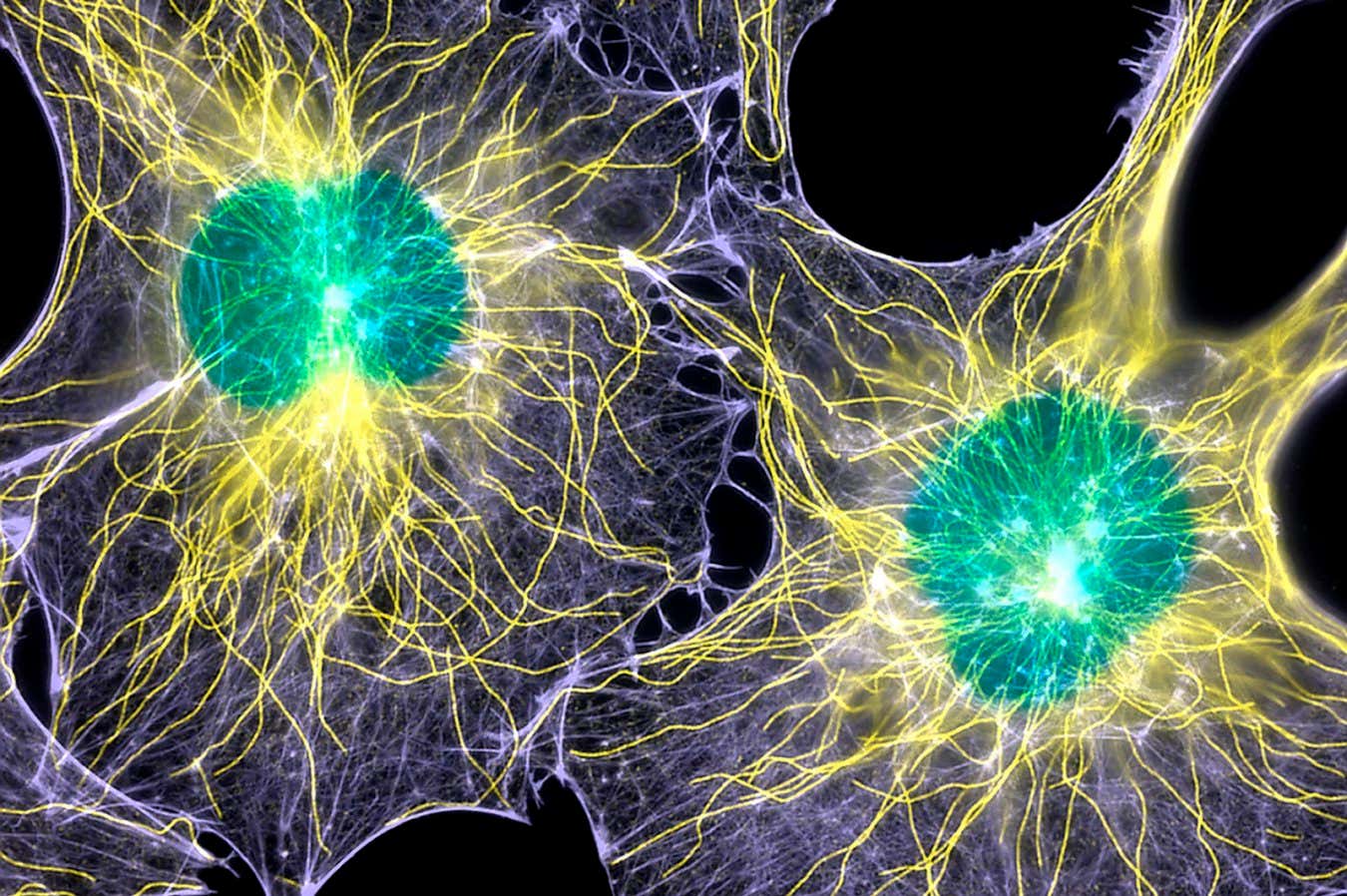Research led by Naval Medical University’s Changzheng Hospital in China reports that an off-the-shelf cell therapy built from induced pluripotent stem cells (iPSCs) loosened life-limiting skin and organ scarring in a woman with systemic sclerosis.
Systemic sclerosis progressively suffocates tissue through immune misfires, collapsed micro-vessels, and runaway collagen conditions that resist standard immunosuppressants, biologics, and anti-fibrotic drugs while driving a 40% 10-year mortality.
Cell-based approaches such as hematopoietic-stem-cell transplants and CAR-T therapies have shown promise but carry high toxicity or labor-intensive custom manufacturing, leaving clinicians and patients in search of safer, more accessible tools.
